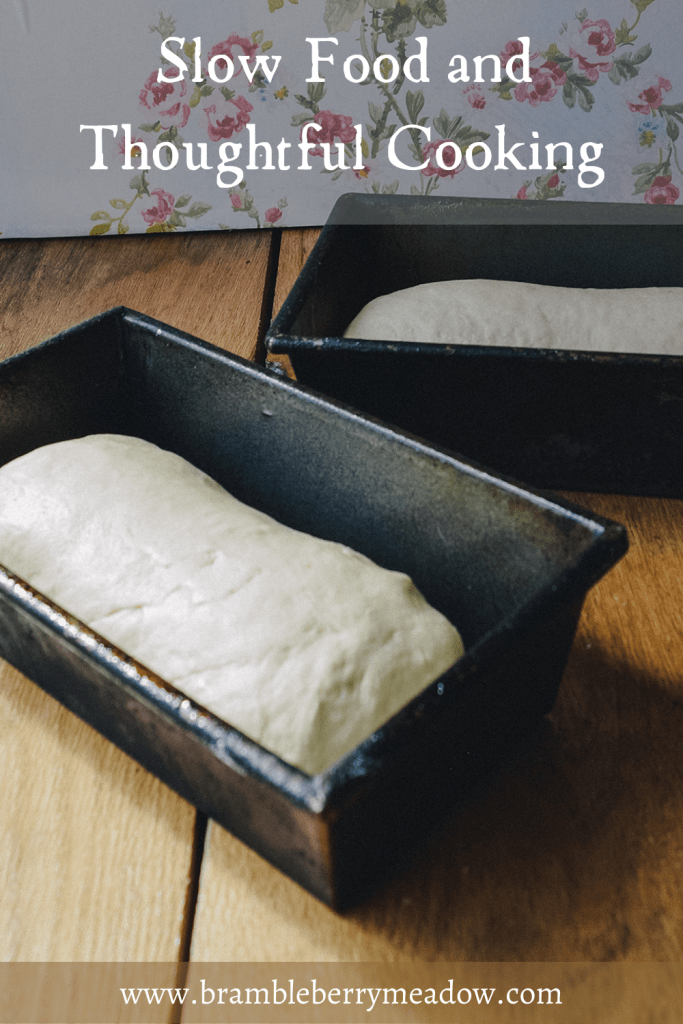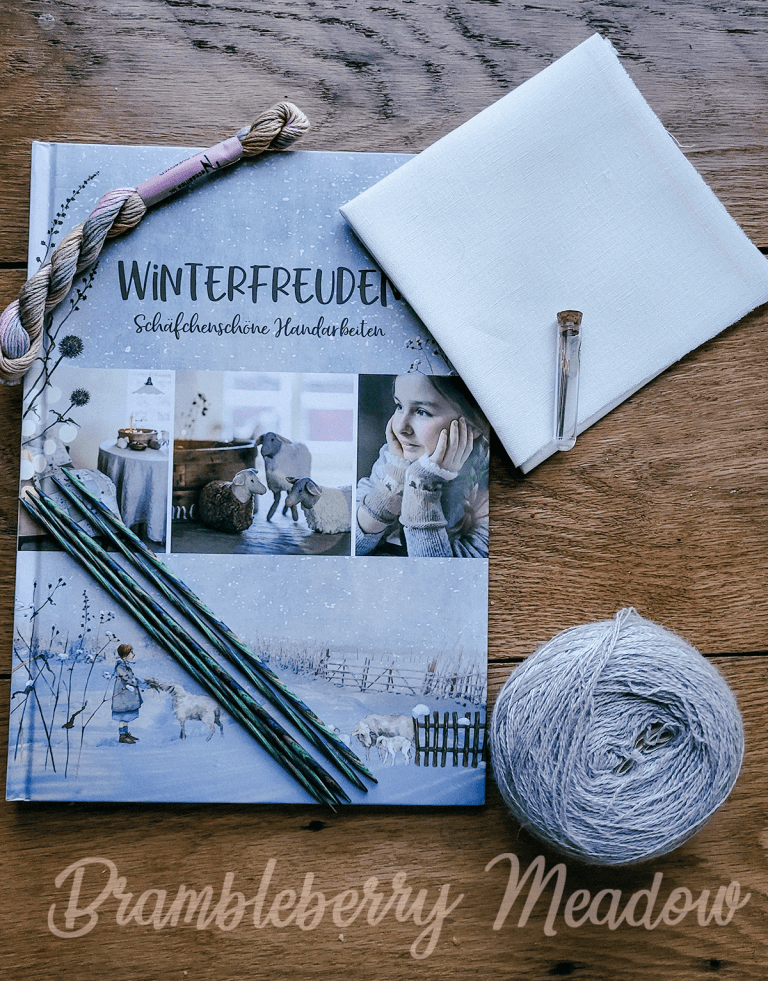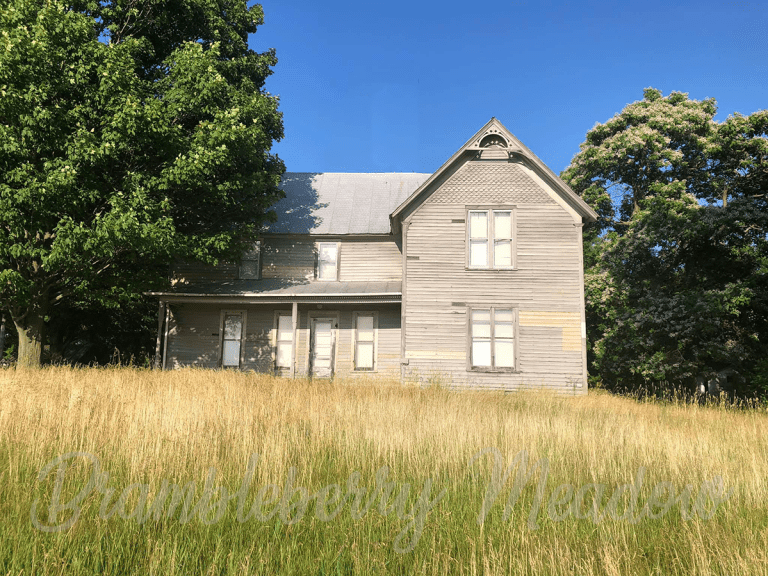Slow Food and Thoughtful Cooking
I recently borrowed a copy of “American Pie: Slices of Life (and Pie) from America’s Back Roads,” by Pascale Draoulec from my local library. It’s an engaging read, as much about the author’s lessons learned about people, herself, and culture as it is about pie, per se. (Although there are some worthwhile recipes). More than once she writes that pie cannot be rushed. And the benefits of learning to move at The Speed of Pie. The book is twenty years old now, but expresses some of the first ideas that would come to be known as the “slow food” movement.
Although it’s gotten somewhat unfortunately trendy and taken on connotations that complicate the matter, at its core, slow food is the antithesis of fast food. Call it “the true, the good, and the beautiful” of food – if you will. Food Dao, perhaps.
Slow food, then, encompasses things like raising your own chickens. Heritage livestock. Backyard gardens. Whole wheat, stone-ground flour.
Less promoted by the movement, it also ought to encompass living at the Speed of Pie.
Pie will not be rushed. Pie out not to be a refrigerated crust filled with canned pie filling, baked at the last moment before guests arrive.
Real pie takes time. The crust is made. And needs to chill for a while. Then is rolled and placed into the tin – and chilled again. The oven must preheat. Blind baked crusts must cool completely. Custard pies must be well chilled before cutting into them.
Slow food means planning ahead, so that you have enough time. Sometimes that also means planning far enough ahead to also use the by-products of one dish to make another.
Making cultured butter means leaving enough time for the cream to culture.
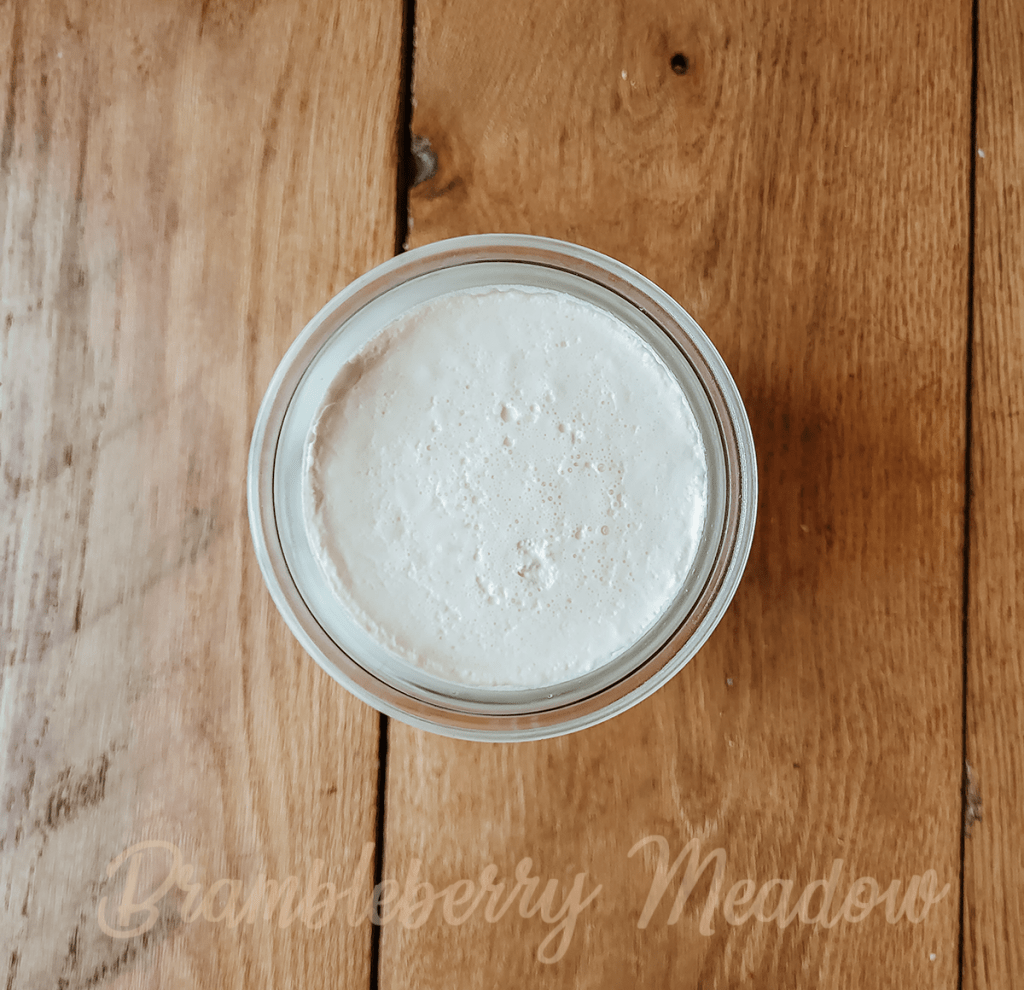
And then use the buttermilk to make bread. As well as using a spoonful of that cultured cream to culture more cream for next week’s batch.
And, of course, that batch of Skyr I made yielded a solid quart of whey. While I used that whey in bread, I did also save out just a bit to make some fermented berries.
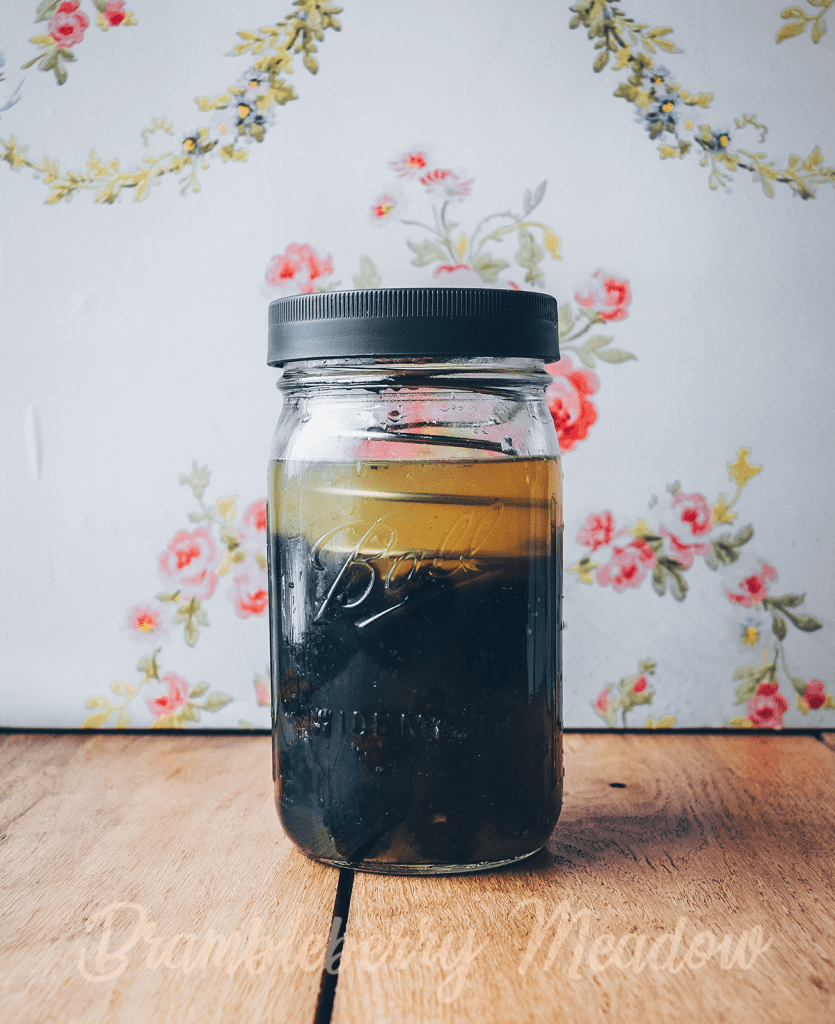
I might use the next batch to make some brunost – a Norwegian “cheese” made by cooking down whey.
The other side of the coin when dealing with real food – is being flexible enough to make use of things when they are ready. I had a bit of a fail on this count just this weekend. I’d taken a look at the elder blossoms last week, and they were JUST starting to open. It had been my plan to make jelly or cordial this weekend. But when I went back on Friday to pick them – they were 95% spent. Ooops.
I did spot another bush that was just budding, and if I’m lucky I might still get enough blossoms next week. Although this last bush is in a tough-to-reach spot. Otherwise – no elder blossoms until next year.
You sometimes also have to be a bit flexible if your food sources are other local people. I had planned to pick honeyberries and saskatoons this weekend. But the U-pick farm was closed for a family wedding. So I’ll have to shift around and do it next weekend. Then I can perfect that panna cotta with honeyberries recipe that’s the featured image for this post.
Try getting away from “3-ingredient” meals and “10-minute” menus. Slow food is more than just waiting for the tomatoes to be ripe. It might be skipping a movie’s opening weekend so that you can get those fresh tomatoes canned while they’re available. Stick around, and subscribe to the e-mail list for more suggestions on making slow food – and keeping the cascade going.

